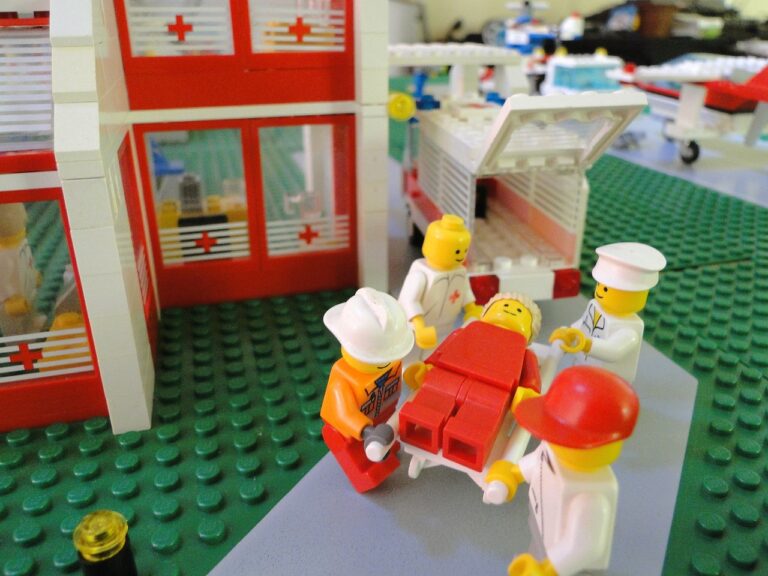Homeopathy: Controversies and Evidence-Based Practices
Homeopathy is a holistic approach to medicine that was founded in the late 18th century by Samuel Hahnemann, a German physician. The central premise of homeopathy is the principle of “like cures like,” which suggests that substances that cause symptoms in healthy individuals can be used to treat similar symptoms in sick patients. Homeopathy is based on the belief that the body has the ability to heal itself, and that by using highly diluted substances, known as remedies, the body’s natural healing processes can be stimulated.
One key aspect of homeopathy is individualized treatment, where the practitioner considers not only the physical symptoms but also the emotional and mental aspects of the patient. Homeopathy is often used to treat a wide range of conditions, from acute illnesses like colds and flu to chronic diseases such as asthma and arthritis. Many people are drawn to homeopathy because of its gentle approach and minimal side effects, making it a popular alternative or complementary therapy to conventional medicine.
History and Origins of Homeopathy
Homeopathy traces its roots back to the late 18th century in Germany, with the development of the key principles by physician Samuel Hahnemann. Dissatisfied with the conventional medical practices of the time, Hahnemann sought to find a more gentle and holistic approach to healing. Through a series of experiments, he formulated the principle “like cures like,” which forms the foundation of homeopathy.
The term “homeopathy” itself is derived from the Greek words “homoios” meaning similar and “pathos” meaning suffering. This reflects the fundamental concept of treating illnesses with highly diluted substances that would produce similar symptoms in a healthy individual. Hahnemann’s innovations quickly gained popularity, and homeopathy spread throughout Europe and eventually to other parts of the world.
Key Principles of Homeopathy
Homeopathy is based on the principle of “like cures like,” which means that a substance that causes symptoms in a healthy person can be used in a diluted form to treat similar symptoms in a sick person. This concept underlies the selection of remedies in homeopathic practice, with the goal of stimulating the body’s own healing mechanisms.
Another key principle of homeopathy is the “law of minimum dose,” which suggests that the effectiveness of a remedy increases as it is diluted and succussed (vigorously shaken). Homeopathic remedies are prepared through a series of dilutions and succussions, ensuring that only the energetic essence of the original substance remains. This process is believed to enhance the remedy’s potency while minimizing any potential side effects.
What is homeopathy?
Homeopathy is a natural form of medicine that uses highly diluted substances to stimulate the body’s own healing mechanisms.
When was homeopathy founded?
Homeopathy was founded in the late 18th century by German physician Samuel Hahnemann.
What are the key principles of homeopathy?
The key principles of homeopathy include the Law of Similars, the Law of Minimum Dose, and the individualized approach to treatment.
How does the Law of Similars work in homeopathy?
The Law of Similars states that a substance that causes symptoms in a healthy person can be used to treat similar symptoms in a sick person.
What is the Law of Minimum Dose in homeopathy?
The Law of Minimum Dose states that the more diluted a substance is, the more potent it becomes in treating the individual’s symptoms.
How does homeopathy take an individualized approach to treatment?
Homeopathy considers the unique symptoms and characteristics of each individual when prescribing a remedy, rather than a one-size-fits-all approach.







